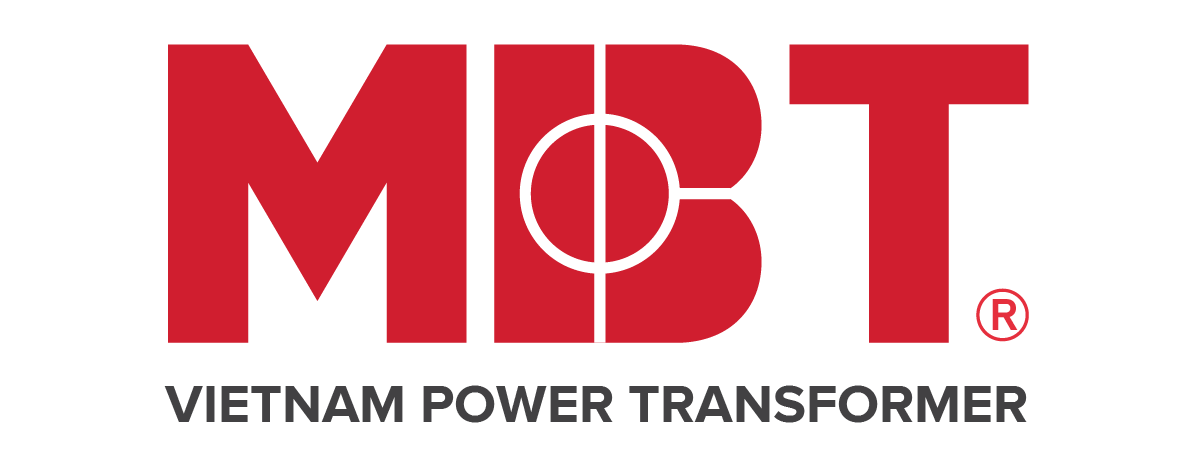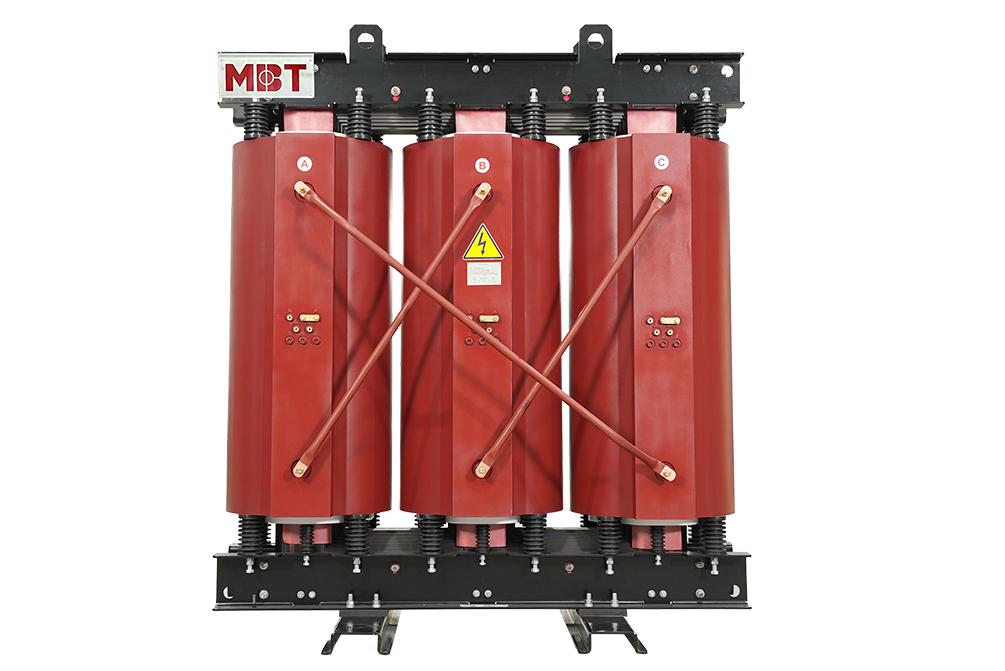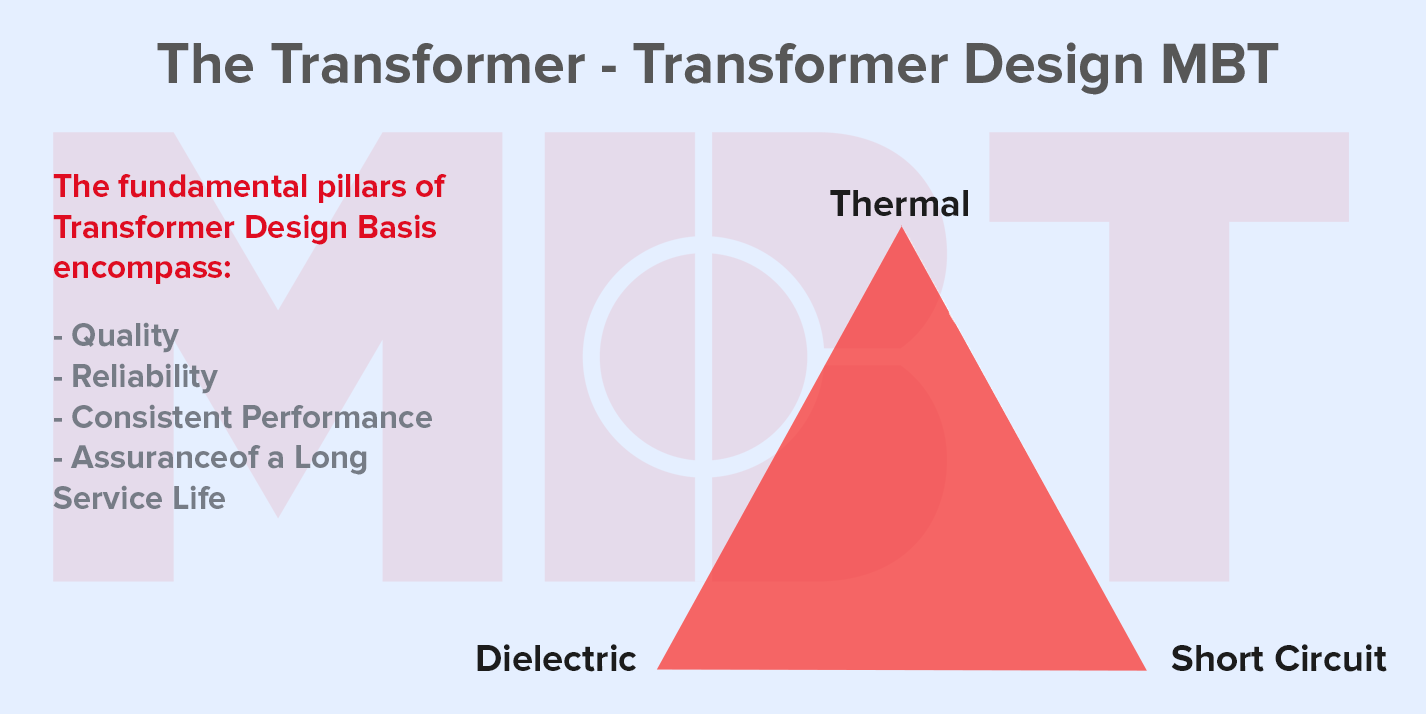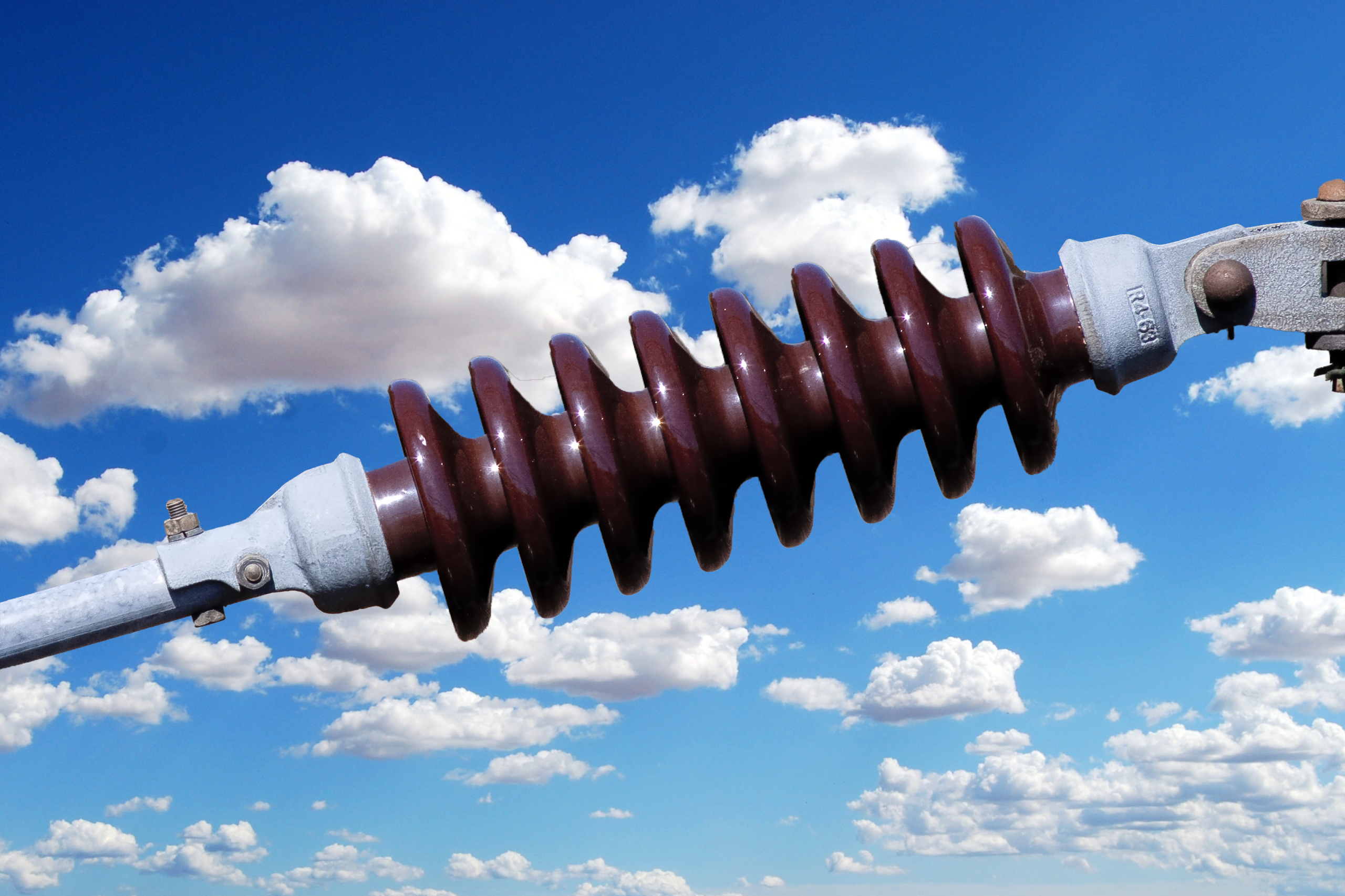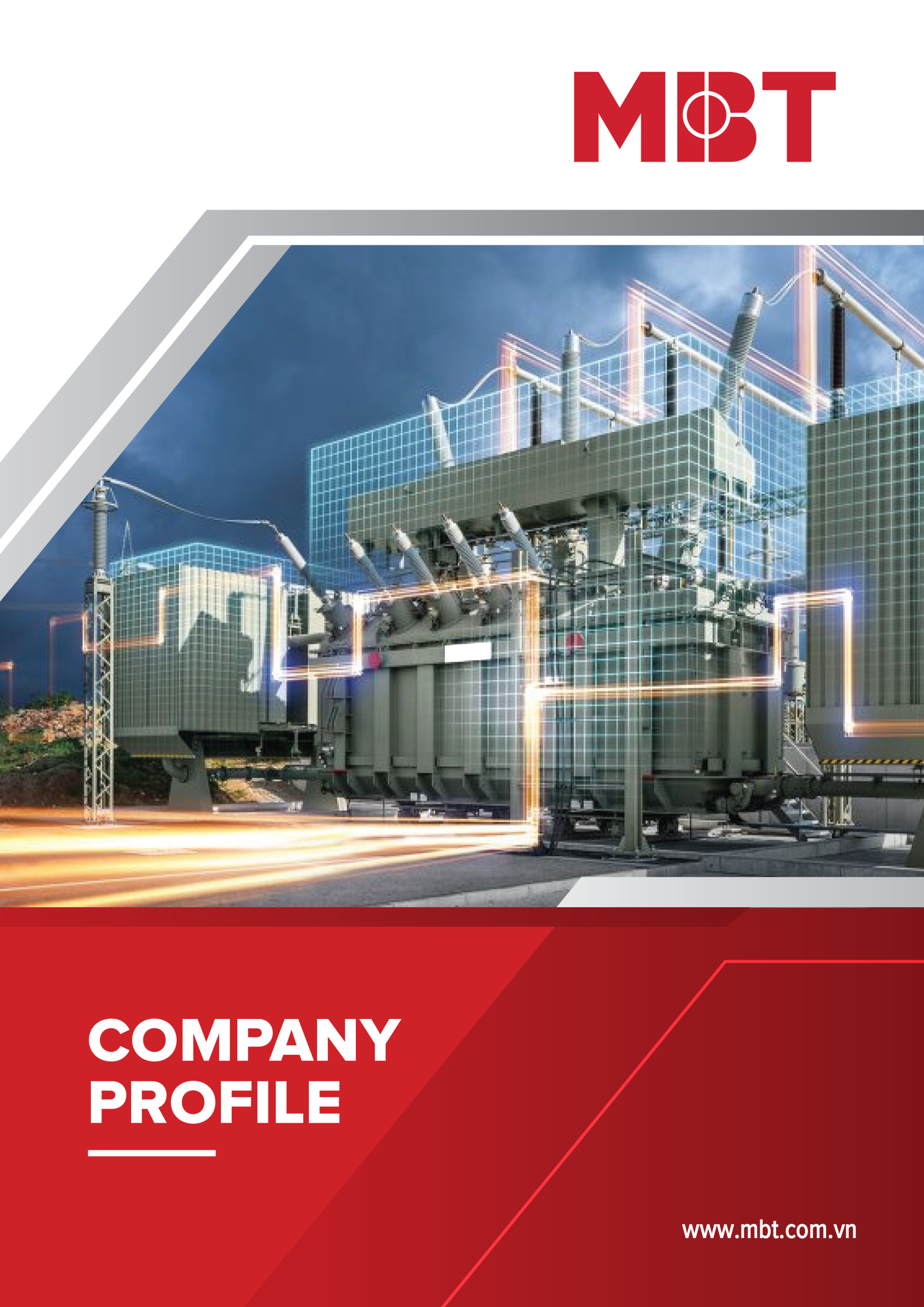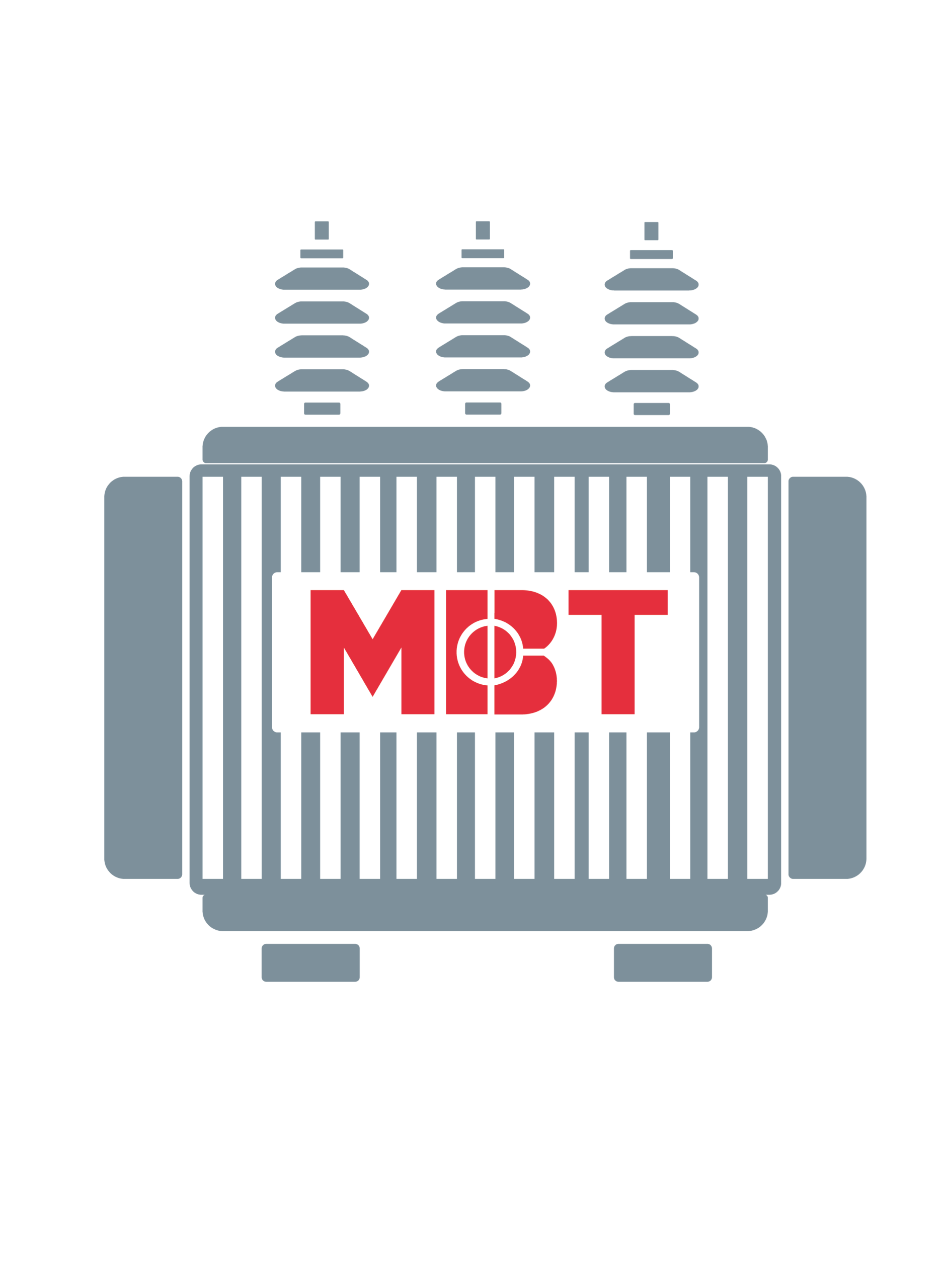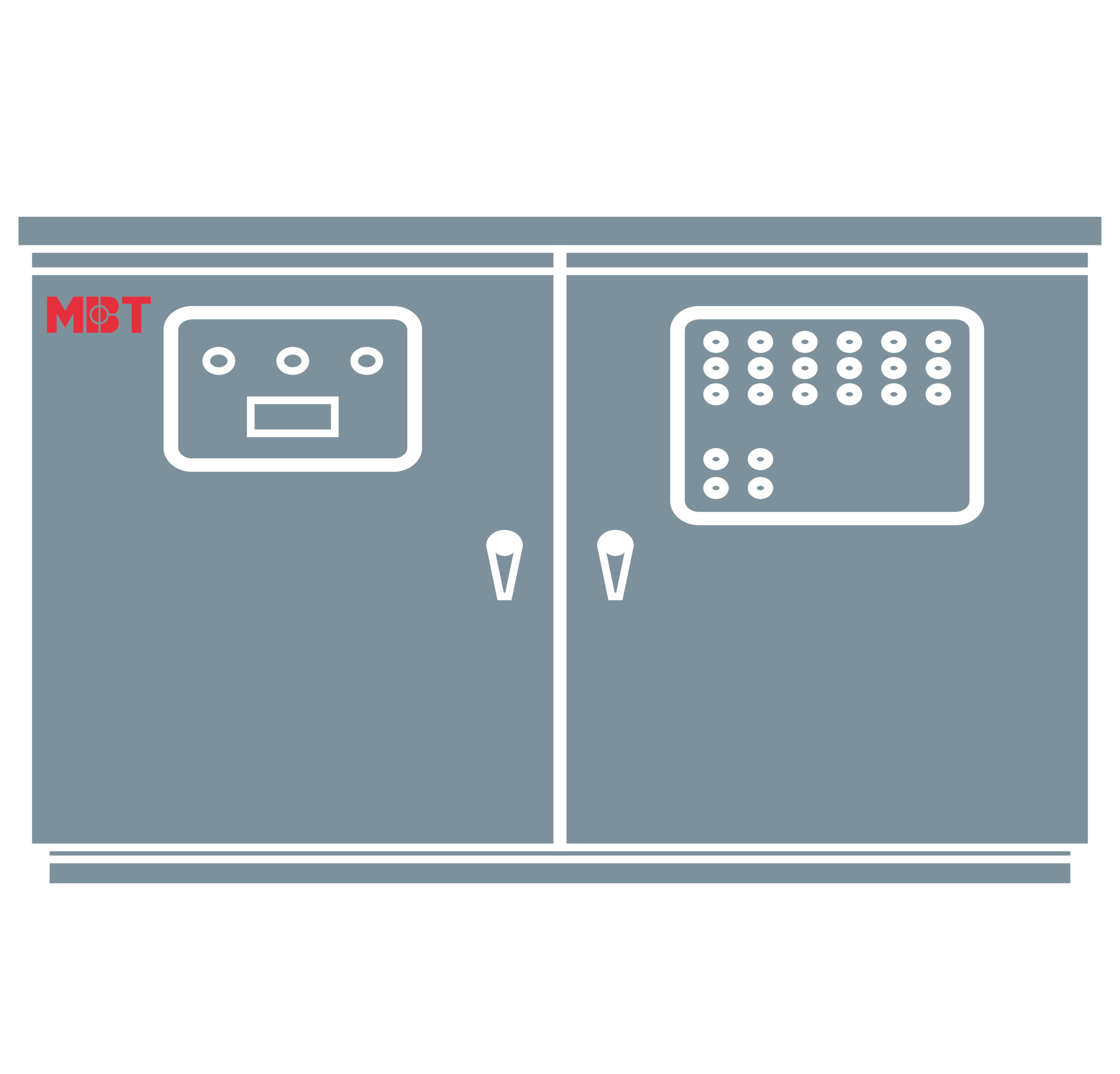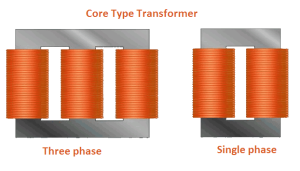
Core Type Transformer
Core Type Transformer
A transformer is a unit transferring electrical energy from one electrical circuit to another circuit, or multiple circuits.
The transformer has a magnetic core and the secondary and the primary winding around the core. Depending on the shape of the magnetic core, Transformers can be categorized into the shell type and core type.
Regarding the shell-type transformer, the core surrounds the winding whereas the core-type transformer, The winding surrounds the core. The core of a transformer is surrounded by winding. The three-phase transformer has three limbs and the single-phase transformer has two limbs.
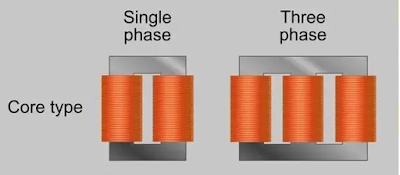
The core of the single-phase transformer has two windows. The core of a single-phase transformer has a single window.
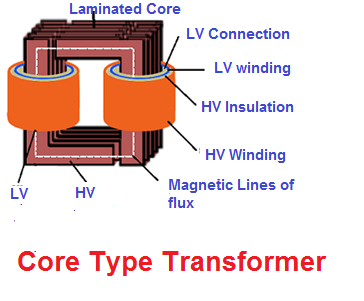
Related Articles:
The Transformer Magnetic Circuit
Transformer Parts And Functions
The limbs are covered around by both LV and HV winding. The LV winding is put near to the core and then the HV winding is put after LV on the same limb. Due to less insulation requirement, this way the transformer size becomes compact. The transformer cost reduces with this arrangement of placing the HV and LV winding on the same limb.
The main disadvantage of a core-type transformer is that all the flux produced in the primary does not connect to the secondary and some parts of the flux do not connect. Therefore, the leakage flux in the core transformer is more than the flux usage in the case transformer. Because of easier access of the winding during maintenance, the core type arrangement is best suited for the large rating transformer. If the fault is detected in the inner winding, the inner winding can be removed after removing the outer winding.
Transformer Core Types and Applications
The core type transformer uses different types of lamination. The requires core shape is formed when L-L and U-I stamping lamination are connected together. Depending on the rating of the transformer, the transformer core shapes are chosen. Regarding a small rating transformer, the winding is square or rectangular in the shape therefore, the square or rectangular cross-section core is used. The small rated transformer has lower current carrying capacity conductors and it is easy to wrap the conductor in a square or rectangular shape. The square or rectangular core is economic for the small rated transformer.
For a large rating transformer, the thick winding conductor is used to carry more current. It is hard to bend the thick conductor in a rectangular or in a square shape. The best choice for the large rated transformer in view of optimizing the use of copper conductors is the round cylindrical-shaped winding. When the round cylindrical-shaped winding on a square cross-sectional core limb is used, the significant amount of space between the core and winding is unused. The stepped cross-sectional core is used to reduce this unused space. To form a nearly circular cross-sectional core, the lamination of different shapes is staged. The cross-section of the core might be one stepped, two- stepped, or multi-stepped.
